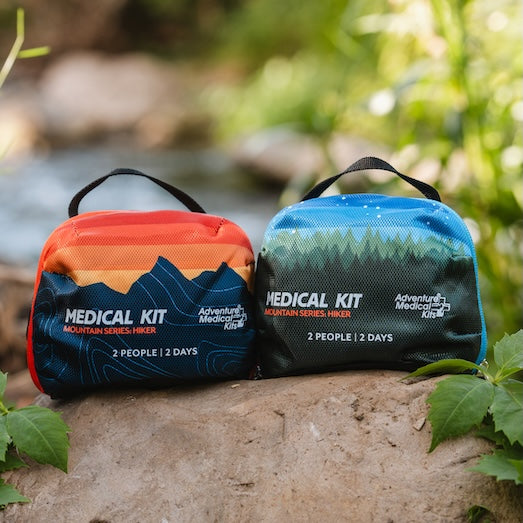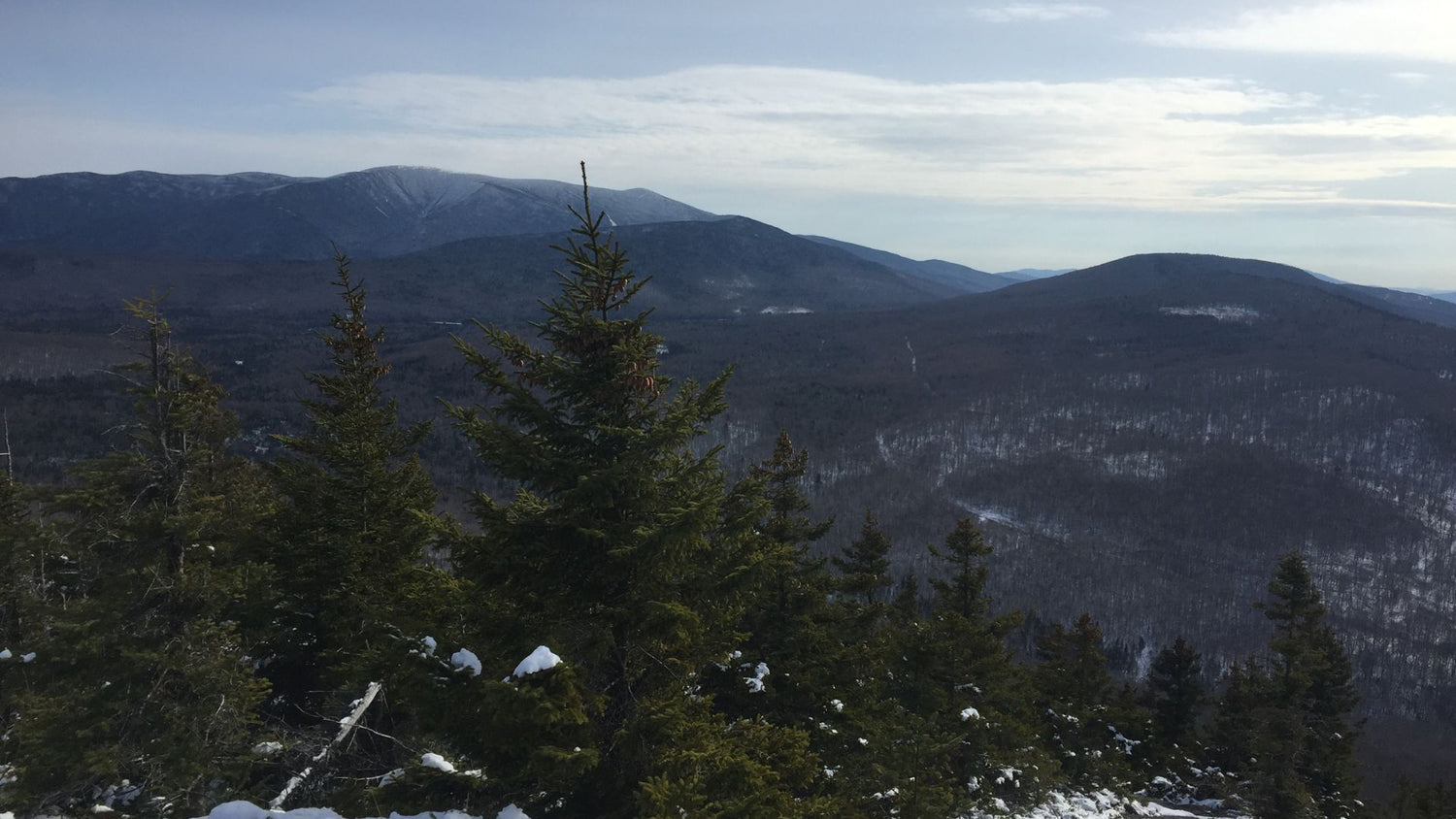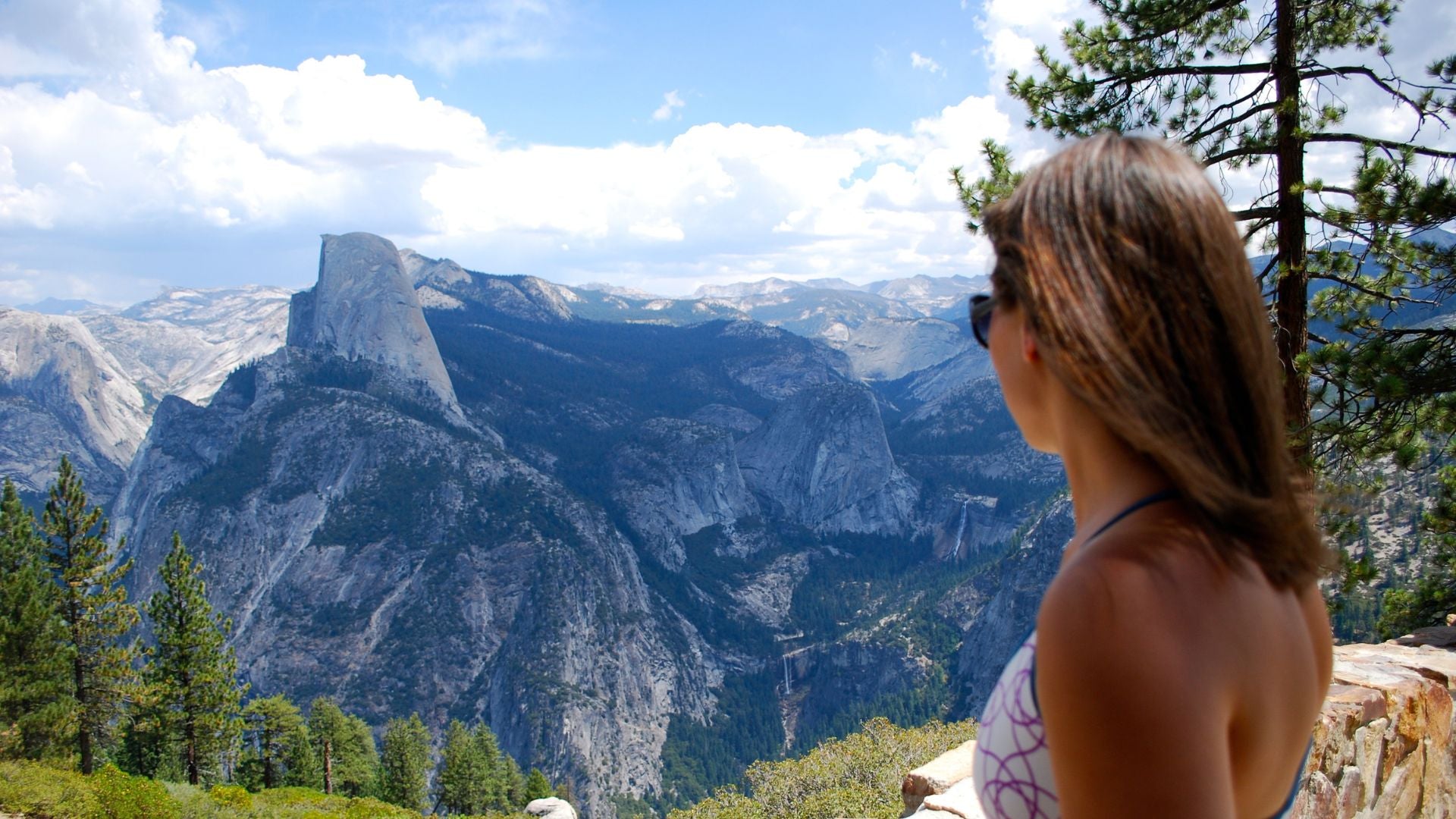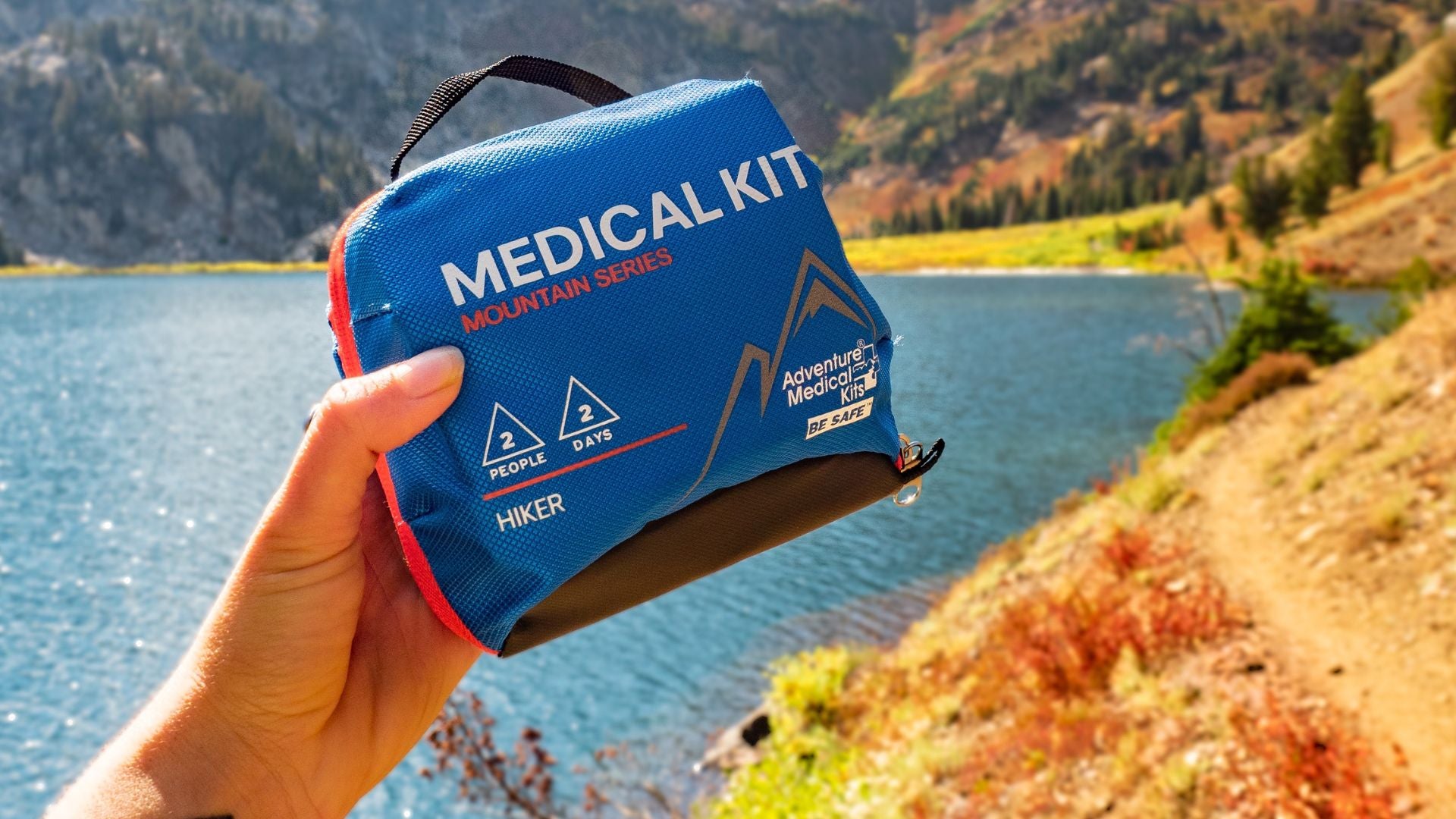Getting into Hiking
There are forty eight 4000-footers in the White Mountains of NH, where I live, and the more aggressive (as I like to call it) personality types take it upon themselves to finish them all.

I’ve hiked a total of 5 more 4000-footers plus a multitude of other medium-sized mountains (which now seem “easy” by comparison – I never would have thought I’d be beginning hiking a year ago!).
He’s a beginner hiker as well, only just starting his quest this year to conquer all the 4000-footers. He’s already up to 15 after just a few months and he’s lost something as well – 60 pounds in weight. Thanks to the hiking coupled with a change in the type of food he was eating, he went from pretty overweight to an average weight, and he continues to shed pounds.
Apparent Tenacity
As a beginner hiker, I’ve learned a few things from the first several hikes, mostly from me making the mistake and checking off a box in my head to not do that same thing again next time. I have yet to turn around and not make it to a summit due to my inexperience and unpreparedness and apparently tenacity, and I call that a win.
Here’s a few beginner hiking tips I learned the hard way – hopefully you can avoid making the same mistakes I did!
Beginner Hiking Tips (Things I Learned the Hard Way)
- Take layers off before you start sweating. You’ll be cold for a few minutes, but if you keep moving you’ll be fine. I did not do this during a fall hike, and I was drenched in sweat through my base layer, merino wool layer, and puffy coat. You’re freezing from the damp clothing and wind while somehow also being too hot from keeping all the layers on.
-
Buy (and wear) microspikes. It makes for an annoying hike in slippery snow when your foot slips back half your stride every time you take a step. Also the amount of times you slip and fall on your butt could be drastically reduced.
 Microspikes will save your butt on slippery trails.
Microspikes will save your butt on slippery trails.
- Don’t over pack food. I always bring too much food – like beyond what is necessary even by 10 essentials standards. If you’re not headed days into the backcountry, you could probably leave the 7 bags of extra snacks at home. All it does is make a heavy pack even heavier.
- Get good hiking boots. Your feet will thank you. They’re the ones doing all the work, so you might as well take care of them.
-
Going up is hard and slow. Just be prepared mentally. Once you hit the top, coming down is faster and (usually) smooth sailing.
 The top gives you a good view and resting spot after all that up.
The top gives you a good view and resting spot after all that up.
- Don’t be sorry about holding people back when you’re just beginning. They signed up to go with a beginner; they should let you set the pace.
- After the first couple hikes, you’re going to be sore, really sore. I had a hard time walking for a week after my first big hike. (You should probably stretch too…)
- Bring a first aid kit, especially if you’re hiking with kids. I recommend making sure your kit includes some ibuprofen (it won’t be fun hiking with a headache), moleskin (blisters aren’t fun and definitely could be a thing with new boots), bug repellent wipes, a couple alcohol swabs, and bandages.
-
Bring. Extra. Socks. Hiking with wet feet after your foot slips off a rock when crossing a stream is right up there in the list of Top 10 Annoying Occurrences That Could Have Been Totally Avoided.
 Wet feet don’t make for a fun hike.
Wet feet don’t make for a fun hike.
- Don’t wear cotton or jeans. I actually didn’t do this one, but I know people who did that warned me beforehand. Especially if you’re a normally sweaty person like myself, this could make for a not so fun time.
- Bring toilet paper. You (or someone you know) may need it. And remember to pack out your dirties (Ew! But still – be a good human).
- You can’t stay at the top forever. In life and on the mountain. You may want to just hang out and enjoy the views, but eventually you have to come down.
